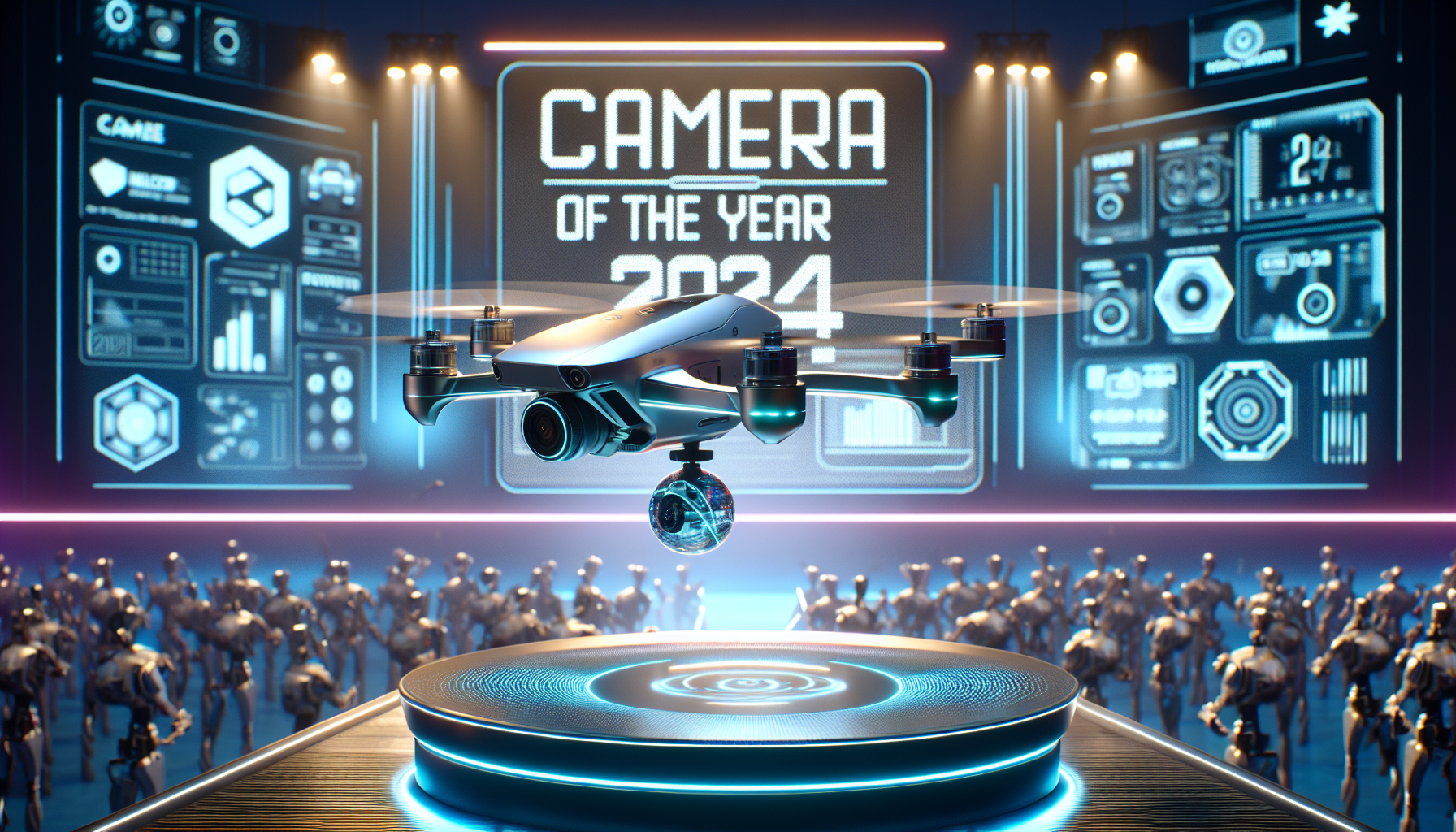DJI’s Neo made aerial video accessible for everyone.
Aside from the global shutter on Sony's A9 III and some cool mirrorless options — the Fujifilm X100 VI, Panasonic S9 and Canon EOS R5 II come to mind — 2024 was a dull year for cameras full of small tweaks and minor improvements. Except for DJI's Neo. For $200, aerial photography is now finally in reach for just about anyone.
DJI’s very good, not-so-great year
DJI released its product lineup this year with a sword of Damocles hanging over its head: the US government was planning to ban sales of the company’s products by the end of 2024 over potential fears of spying. It was only at the last minute that DJI gained a reprieve, thanks in large part to lobbying by public safety groups that heavily rely on its drones. It now has until the end of 2025 to prove that its products don’t pose a risk.
The company’s list of 2024 camera gear started with the Avata 2, an FPV drone that improved nearly everything from the popular original at a reduced price. DJI then announced it the $299 Mini 4K. We also saw the Action 5 Pro, DJI’s best action cam to date, along with the Air 3S, a highly capable drone with a relatively large 1-inch sensor camera and the Mic Mini, an affordable wireless mic system.
Its biggest launch, though, was the Neo drone, announced in September. It took the idea of a simple drone for creators, first pioneered (then dropped) by Snap with the Pixy, while lowering the price and adding AI technology.
Just because the Neo is approachable doesn’t mean it’s basic, though. If you want to pilot the Neo manually, it supports DJI’s controllers, FPV goggles and can even be flown using a smartphone. It can hit speeds up to 18 MPH or even faster in manual mode, and is highly maneuverable. Thanks to the built-in AI features, it can track you while you walk or bike, making it a vlogger’s best friend. Finally, it can capture all your footage at 4K 30p, with surprisingly good quality considering the price point.



No comments:
Post a Comment